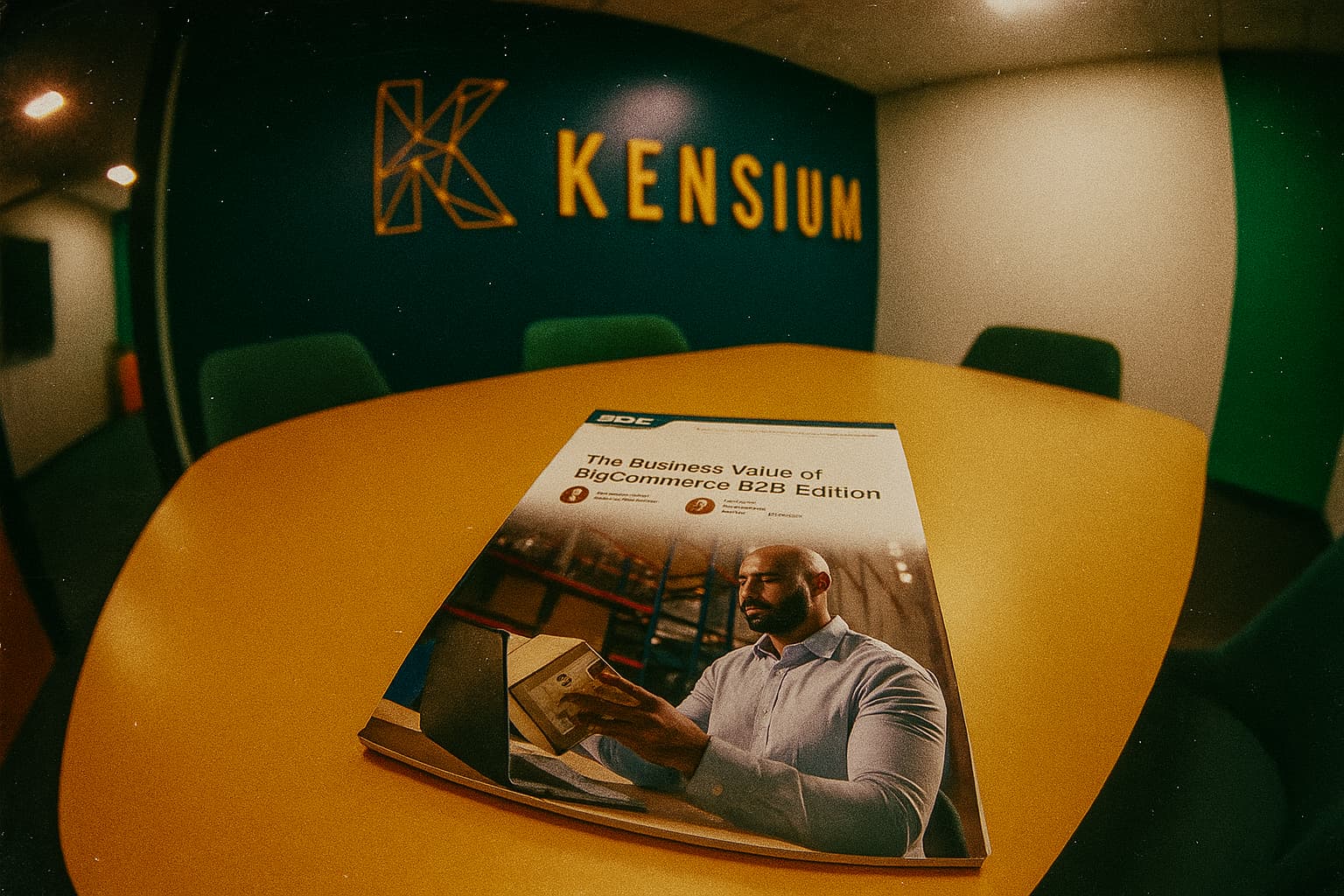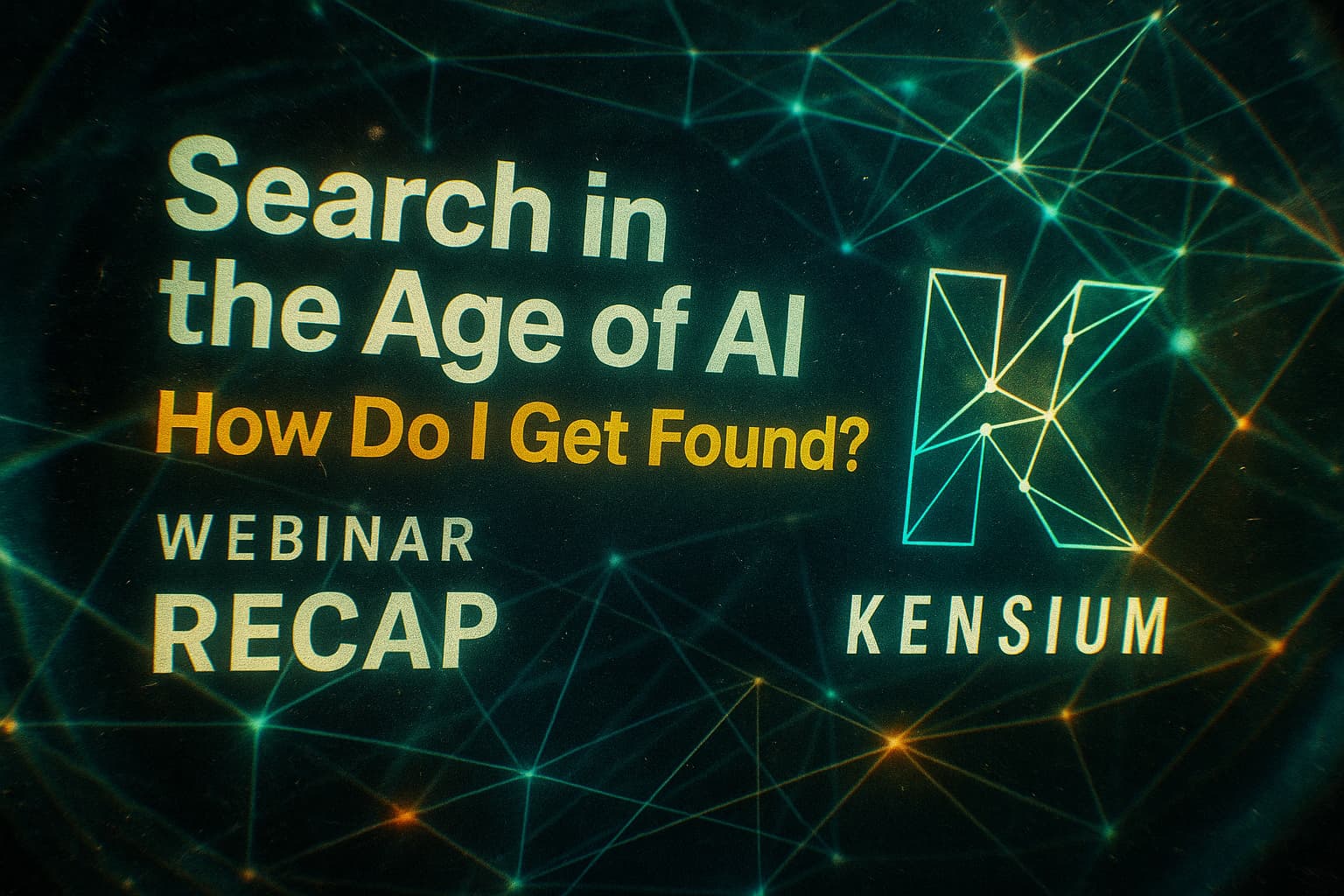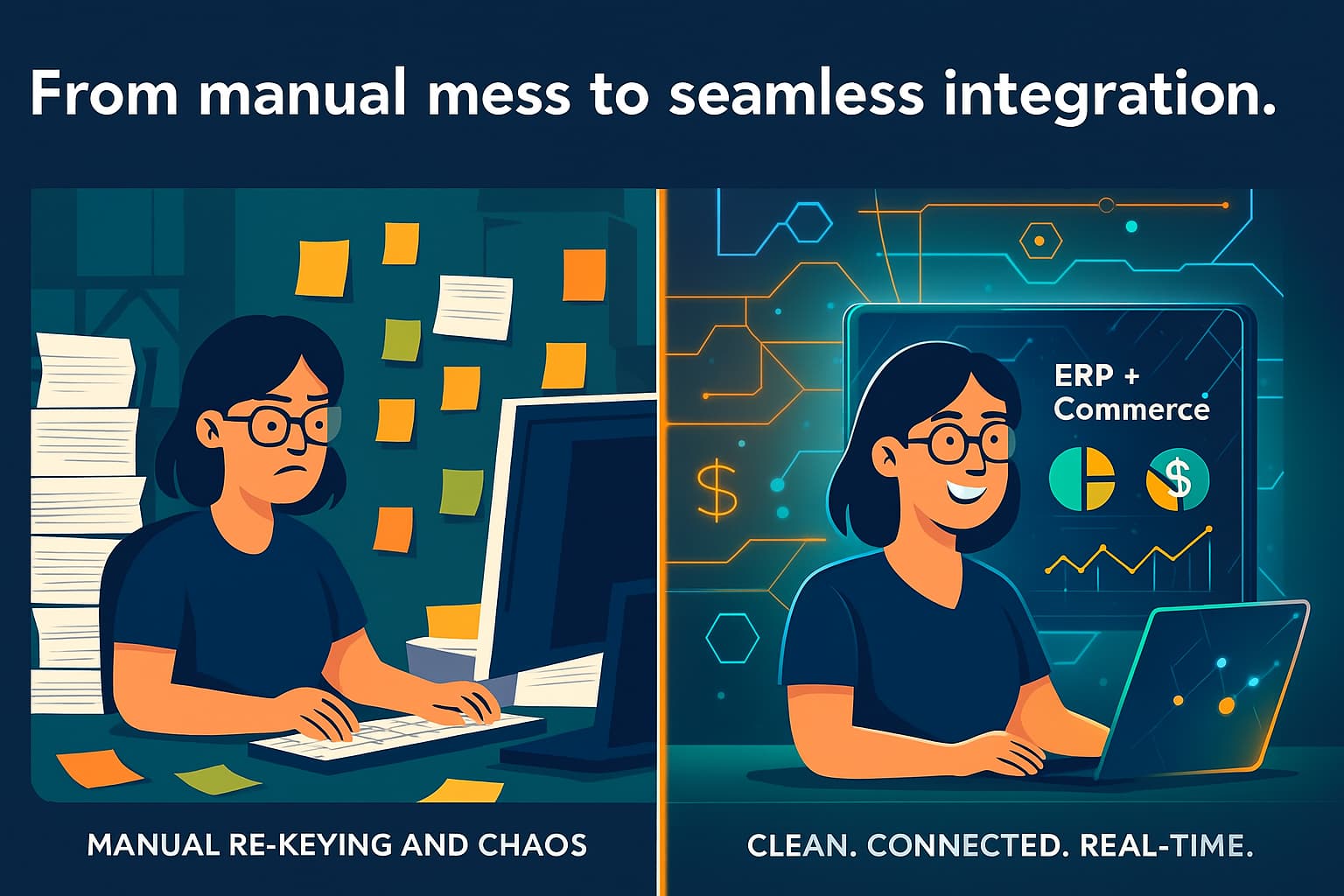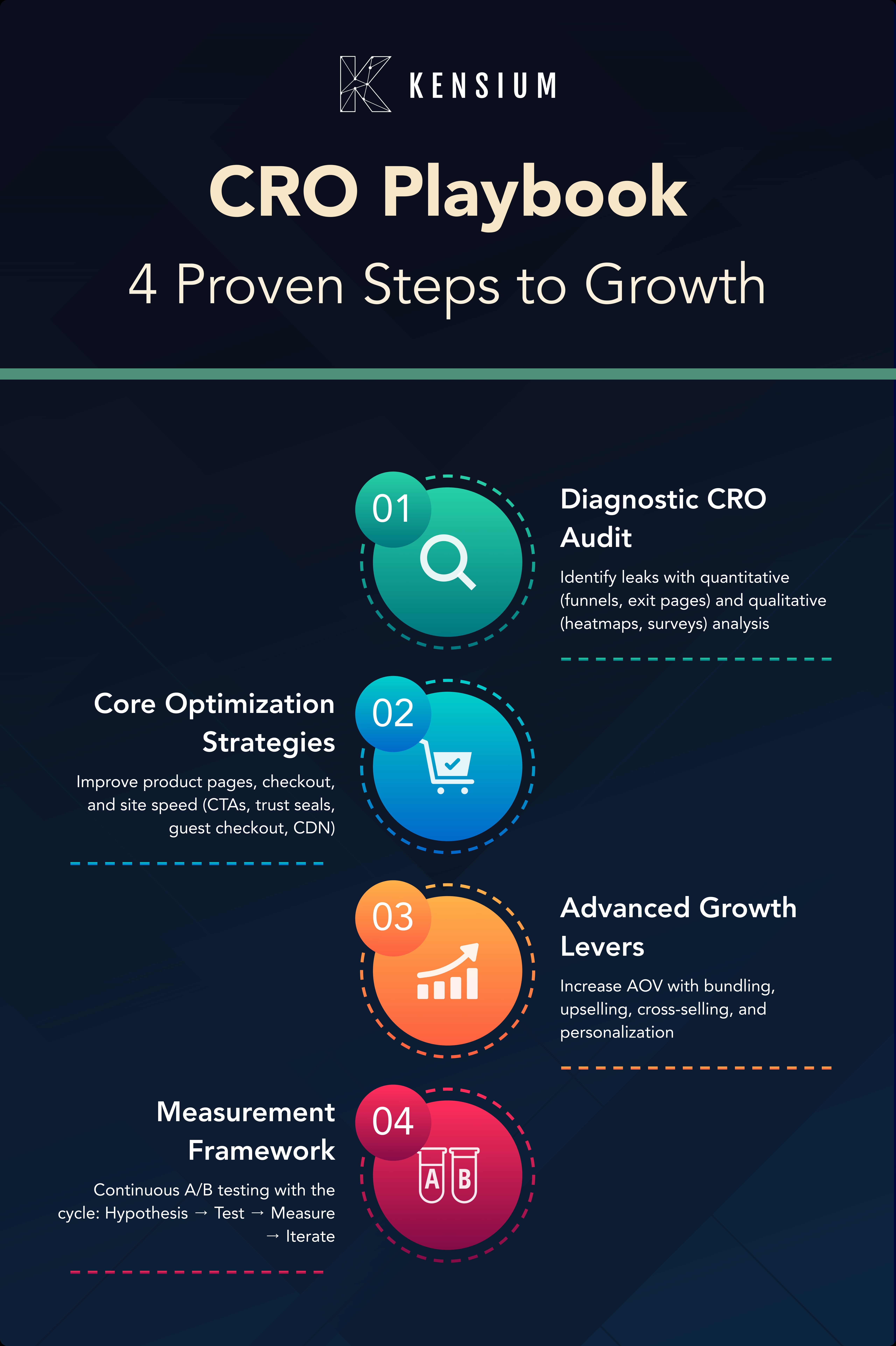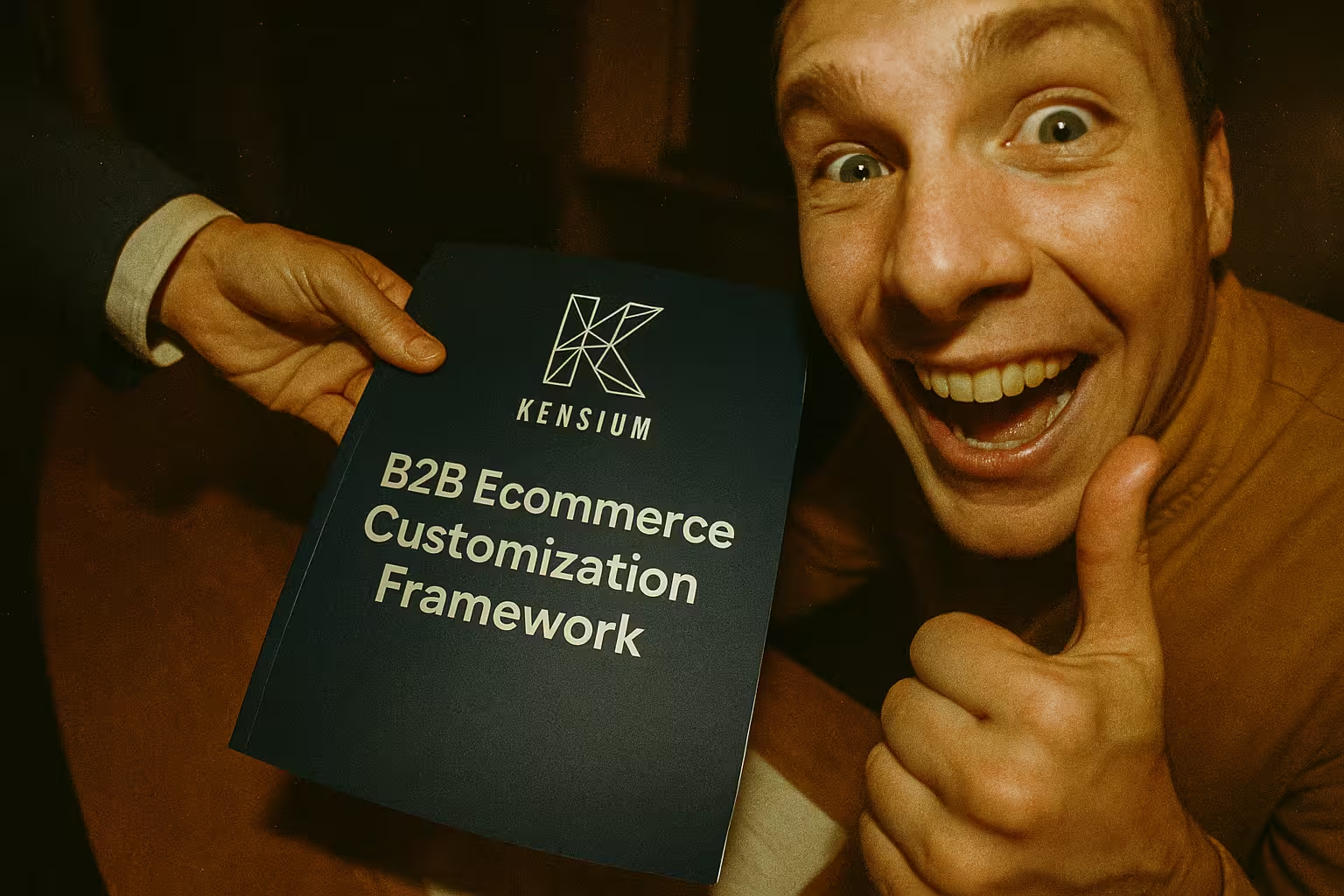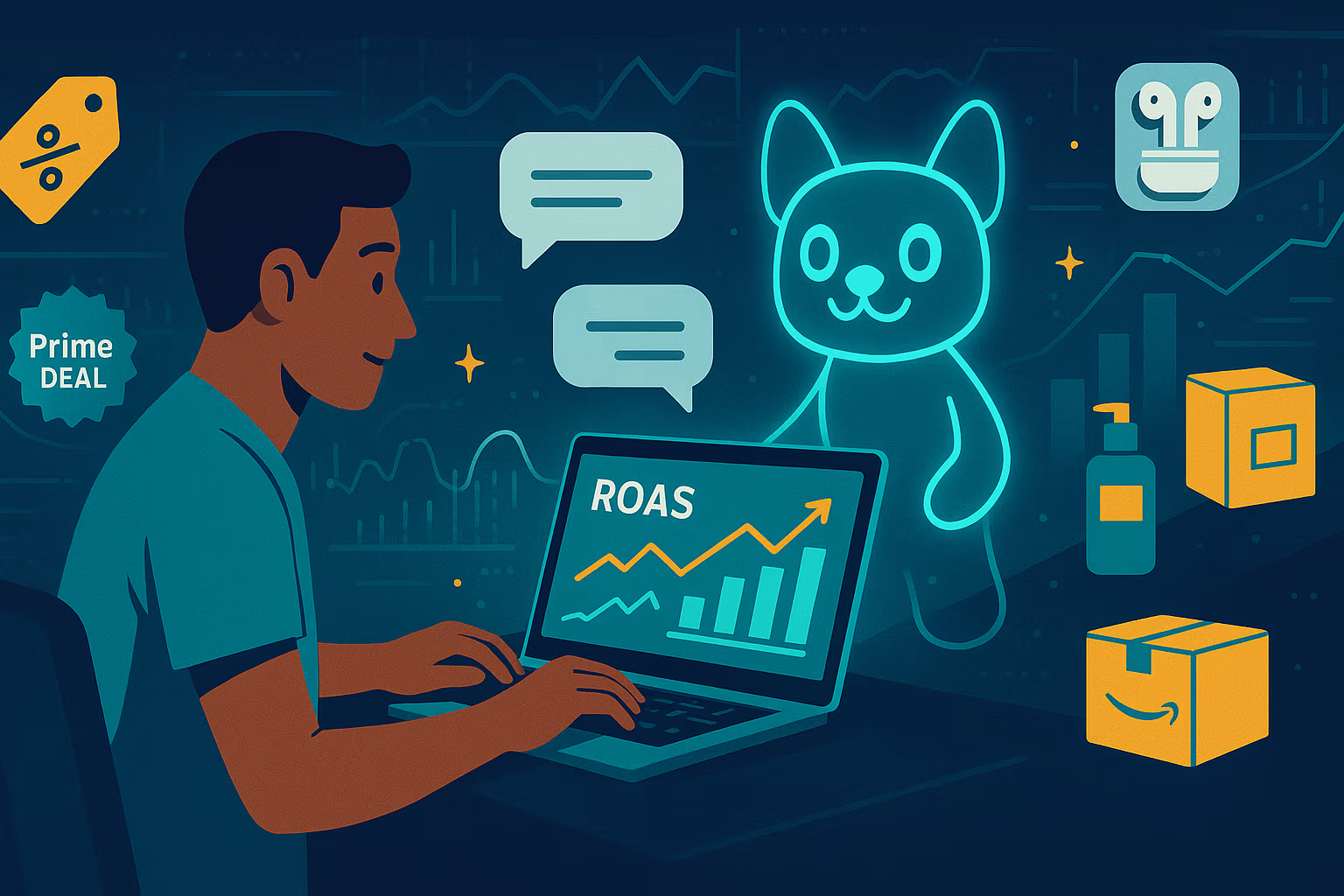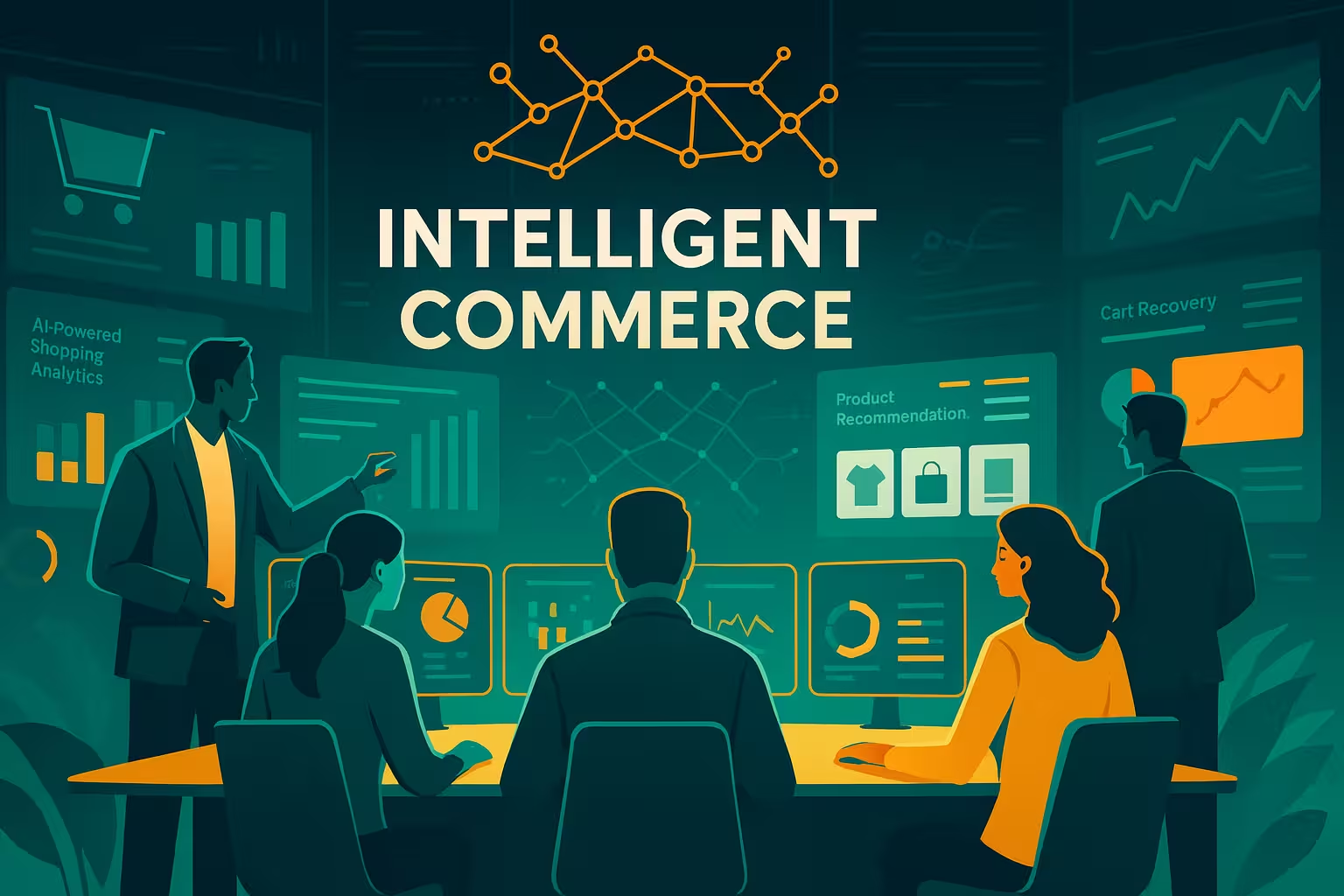
AI is transforming ecommerce. Today, 71% of consumers expect personalized shopping experiences, and most will abandon retailers that fail to deliver (mckinsey.com). Savvy DTC and B2B merchants are meeting these demands by embedding AI across their operations – from marketing and merchandising to support and fulfillment. The result: measurable lifts in conversion, efficiency, and revenue. Below are 10 proven AI strategies (with data) that are driving real growth for online retailers.
1. Hyper-Personalize Every Experience
Use AI-powered recommendations and personalization to tailor each visit. Modern recommendation engines and dynamic content serve product suggestions and promotions based on a customer’s behavior and history. The payoff is huge: 71% of shoppers now expect personalized interactions (mckinsey.com), and companies that excel report 10–15% revenue lifts from personalization (mckinsey.com). In practice, brands can automate personalized homepages, emails, and product upsells with AI – turning browsers into buyers.
2. Automate Cart-Abandonment Recovery
Abandoned carts are a goldmine when handled smartly. In fact, over 70% of online shopping carts are abandoned (emarketer.com). AI-driven triggers (cart reminders via email, SMS, or push) can recapture a meaningful share. For example, automated cart-email flows generate roughly a 3.3% conversion rate of abandons (klaviyo.com). That means every 100 abandons can yield 3–4 extra sales. Retailers use AI to personalize those reminders (e.g., suggesting related products or offering tailored discounts), recovering revenue from customers who were “this close” to buying.
3. Deploy 24/7 AI Chatbots for Support and Sales
Conversational AI chatbots handle routine queries instantly, scaling support without hefty staff costs. Gartner predicts that by 2026, AI will automate 1 in 10 contact-center interactions (nice.com), cutting huge labor expenses (an $80B cost reduction by mid-decade) (nice.com). In practice, chatbots answer common questions (product details, order status) around the clock. That means faster service and higher customer satisfaction. AI assistants can even drive sales by suggesting products in chat or upselling. In short, AI chatbots free human agents to focus on complex issues while ensuring shoppers always find the help they need.
4. Optimize Inventory, Supply and Demand with AI
AI demand-forecasting and inventory algorithms drastically cut waste and stock-outs. AI adopters see about a 35% improvement in inventory accuracy and 15% lower logistics costs (techrepublic.com). For example, by analyzing seasonality, trends, and customer data, AI can fine-tune reorder points so popular items never sell out (avoiding lost sales) while reducing excess inventory of slow movers. The result: lower carrying costs, fewer markdowns, and faster fulfillment. These operational gains boost margins and service levels – a direct win for both DTC and B2B sellers struggling with tight budgets and complex supply chains.
5. Use Generative AI to Scale Content and Marketing
Recent breakthroughs in generative AI (like ChatGPT or image models) let retailers create engaging content and ads at scale. McKinsey estimates that generative AI could unlock
240–240–390 billion in value for retail (raising industry margins ~1.2–1.9 points) (mckinsey.com). Early adopters are already seeing big wins: Amazon’s AI-driven ad creatives, for example, boosted click-through rates by up to 40% (mckinsey.com) by automatically placing products in vivid lifestyle scenes. Similarly, brands use AI to auto-generate product descriptions, social media copy, or email drafts, accelerating campaigns and freeing teams for strategy. In short, AI unlocks faster, cheaper creative production – sharpening marketing and merchandising efforts.
6. Power Marketing and Ads with AI & Data
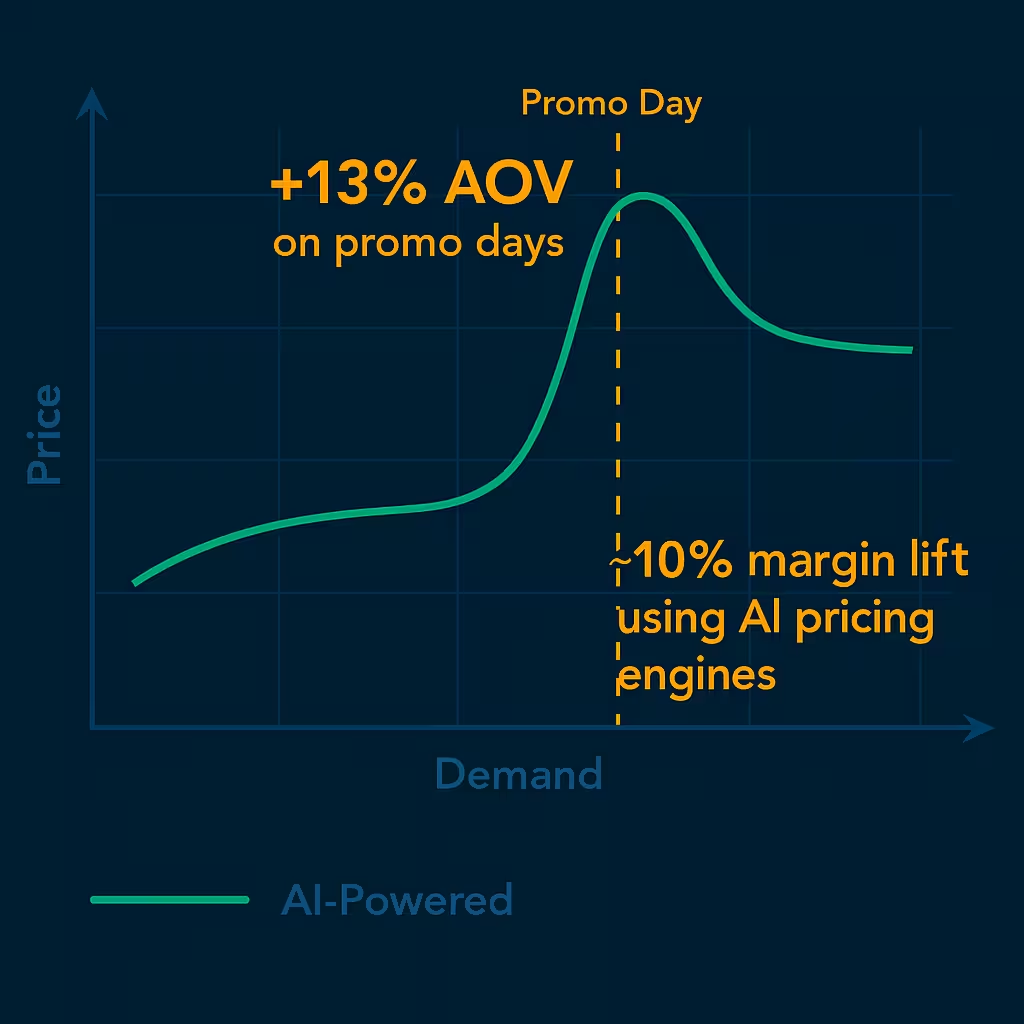
AI-driven marketing optimizes spend and targeting. Deep AI adopters see 10–20% higher sales ROI on average (iterable.com). McKinsey data shows AI-enabled firms grow about 1.5× faster than peers (iterable.com). In practice, tools like predictive email timing, lookalike audience modeling, or automated A/B testing mean campaigns cost less and convert more. This is especially critical for DTC brands that rely on online ads: AI can turn each marketing dollar into significantly more revenue.
7. Predict and Prevent Customer Churn
AI can spot at-risk customers before they leave. By analyzing behavior (e.g., declining order frequency, canceled subscriptions, or negative reviews), predictive models flag churn signals in real-time. Acting early pays off: research shows a mere 5% boost in retention can raise profits 25–95% (sobot.io). In practice, once AI flags a likely churner, businesses can intervene with tailored offers, loyalty perks, or service outreach. For example, an AI system might prompt a promo code to a once-faithful customer who’s slowing down. These timely, personalized retention moves (made possible by AI) keep more customers engaged and spending over the long haul.
8. Adopt Dynamic Pricing and Promotions
In fast-moving markets, AI-driven pricing is a competitive edge. AI can adjust prices in real-time to demand, inventory, and competitor moves. The results can be dramatic: one case study found intelligent pricing lifted average order value up to 13% on peak sale days (medium.com). Industry analyses predict that AI-based dynamic pricing can boost turnover ~3% and profit margins ~10% (medium.com). For example, during a shopping surge, AI algorithms might automatically raise prices on high-demand SKUs to maximize margin, then quickly cut prices on slow sellers. Promotions can be personalized too (e.g., individually tailored discounts based on customer value). In sum, AI pricing strategies keep merchants agile, ensuring no revenue is left on the table.
9. Enhance Shopping with Visual Search and AR
AI-powered visual search lets customers shop by image, making discovery intuitive. Over 20% higher order values have been observed on sites with visual “shop the look” tools (invespcro.com). Roughly one-third of online consumers already use some form of visual search (invespcro.com). For instance, a shopper can snap a photo of a piece of furniture on their phone and the site’s AI will find the exact or similar items to buy. Augmented reality (AR) fitting rooms and “virtual try-on” features are also growing. These technologies reduce friction and inspire purchases: letting customers find and try products in context (virtually) naturally raises engagement and conversion for both B2C and B2B buyers.
10. Embed AI in Analytics & Decision-Making
Finally, weave AI into your analytics to power smarter decisions. Firms leveraging AI for BI and automation report substantial ROI – McKinsey finds 10–20% average ROI uplifts for AI investments (kensium.com). Integrated AI tools (in dashboards, CRMs, ERP systems) continuously analyze sales trends, inventory health, and customer segments. They alert teams to emerging opportunities (e.g., a hot trending product or an under-served customer segment) that manual analysis might miss. For merchants, this means faster insight and agility: campaigns can pivot on near-real-time data, and processes (like order routing or replenishment) self-optimize. In other words, AI-augmented intelligence transforms raw data into action – enabling DTC and B2B businesses to grow efficiently as markets evolve.
Looking Ahead
AI is not a one-time upgrade but a long-term shift. Analysts forecast that by 2026 a significant share of service interactions will be automated (nice.com) and that generative AI will continue to unlock massive value (mckinsey.com). In practice, this means the competitive gap will widen between AI-savvy merchants and laggards. The ecommerce companies that treat AI as a strategic, end-to-end solution – augmenting human teams and continuously fine-tuning their use cases – will enjoy the biggest gains. As AI tools become more powerful and ubiquitous, forward-looking retailers will keep innovating (e.g., smarter virtual assistants, richer personalization, predictive supply chains) to stay ahead in 2025 and beyond.








.png)








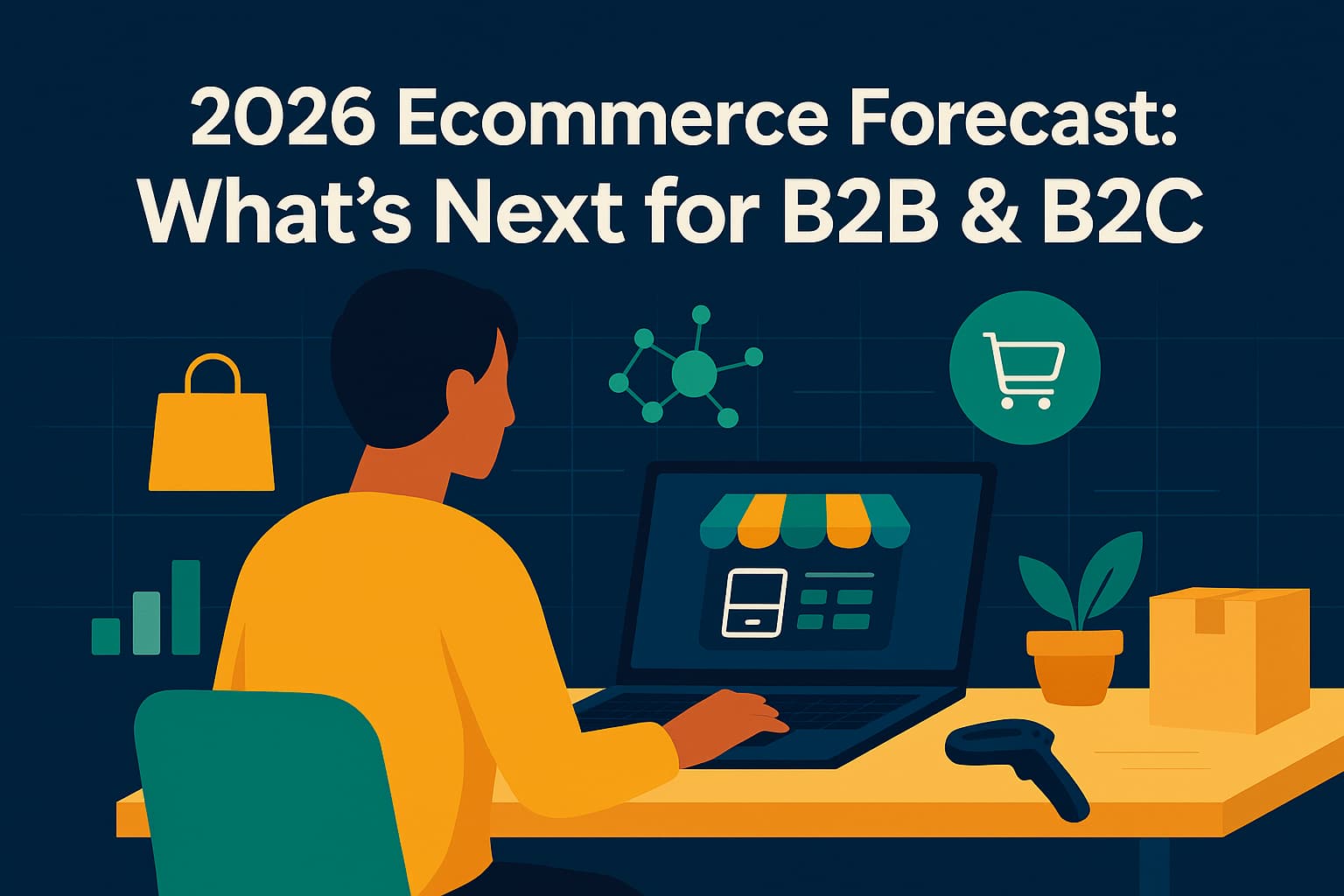

.jpeg)
